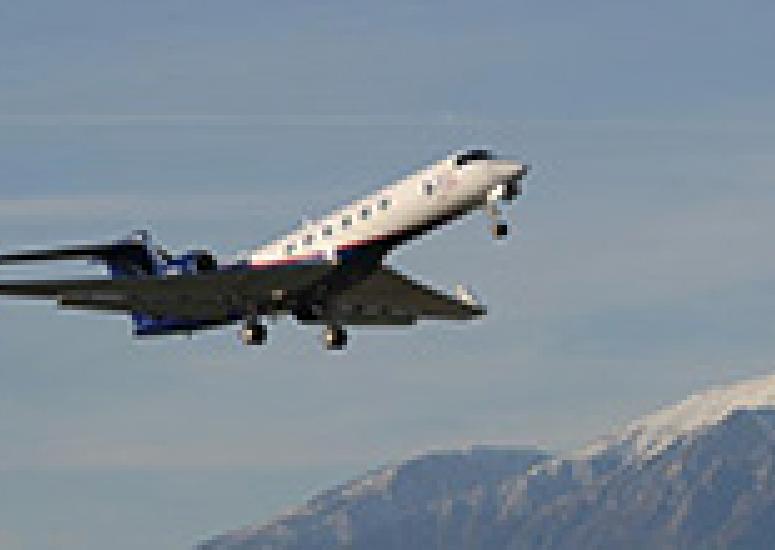-
MIRAGE: Measuring Shanghai's air pollution
In 2006, a team of NCAR researchers convened in Mexico City for MIRAGE, a study of the chemical and physical transformation of air pollution in urban areas and its impact on air quality, ecosystems, and climate. Another MIRAGE field campaign kicks off this month, this time in Shanghai, China's largest city.
- Air Quality
-
A test run for satellite chemical sensors
A new study led by NCAR scientist David Edwards is the first to apply the concept of Observing System Simulation Experiments to chemical weather (predicting pollution events and variability in the atmosphere’s chemical composition).
- Air Quality
-

Spying on molecules in motion
Geoffrey Tyndall, NCAR's Atmospheric Chemistry Division • As a physical chemist, Tyndall likes "quantifying things, putting numbers on them—how fast does this go, and why is this reaction faster than that one?"
- Air Quality
-
Urbanization and rainfall in Beijing
NCAR scientist Fei Chen is collaborating with colleagues at China’s Institute of Urban Meteorology to explore how growth in Beijing is changing the city’s summer rainfall patterns, focusing specifically on the relationship between urban expansion, aerosols, and summer rainfall.
- Air Quality,
- Weather
-

Pole-to-pole flights provide first global picture of greenhouse gases
A team of scientists has successfully flown from the Arctic to the Antarctic this month, the first step in a three-year project to make the most extensive airborne measurements of carbon dioxide and other greenhouse gases to date.
- Climate,
- Air Quality

